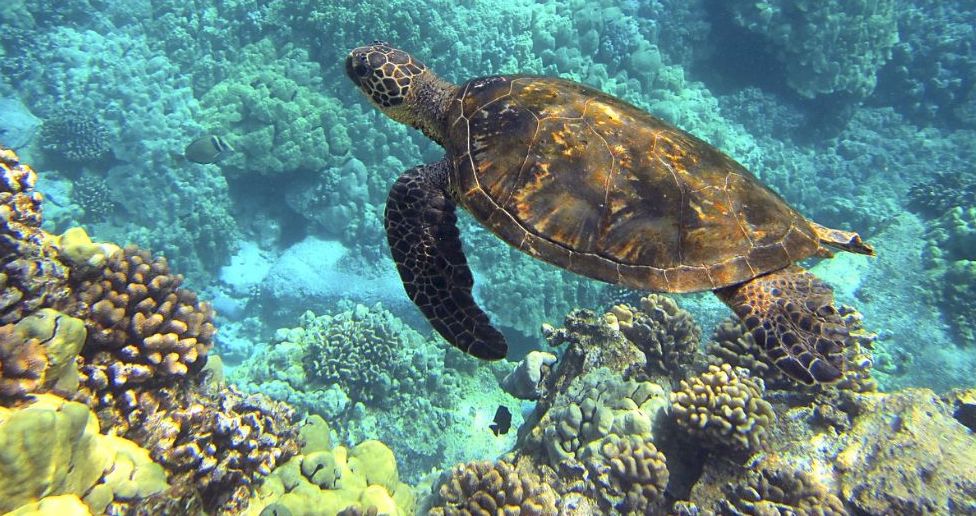
1. UN General Assembly 2023: Alarm Bells on Sustainable Goals
The United Nations General Assembly (UNGA) is at a crucial “half-time” juncture for achieving Sustainable Development Goals (SDGs) by 2030. Current reports show only 15% of SDG targets on track, with marine conservation (SDG #14) notably deteriorating. President Biden’s impactful speech reaffirmed U.S. commitment to SDGs and announced a reentry into UNESCO.
He also highlighted the Atlantic Coastal Cooperation, a new initiative for science and environmental protection. Biden issued a stark warning on the climate crisis and confirmed $100 billion in U.S. funding towards global climate efforts. His closing message was a plea for collective action to bend “the arch of history for the good of the world.”
Thank you for your generous gift that will help us continue the production of this weekly, free publication
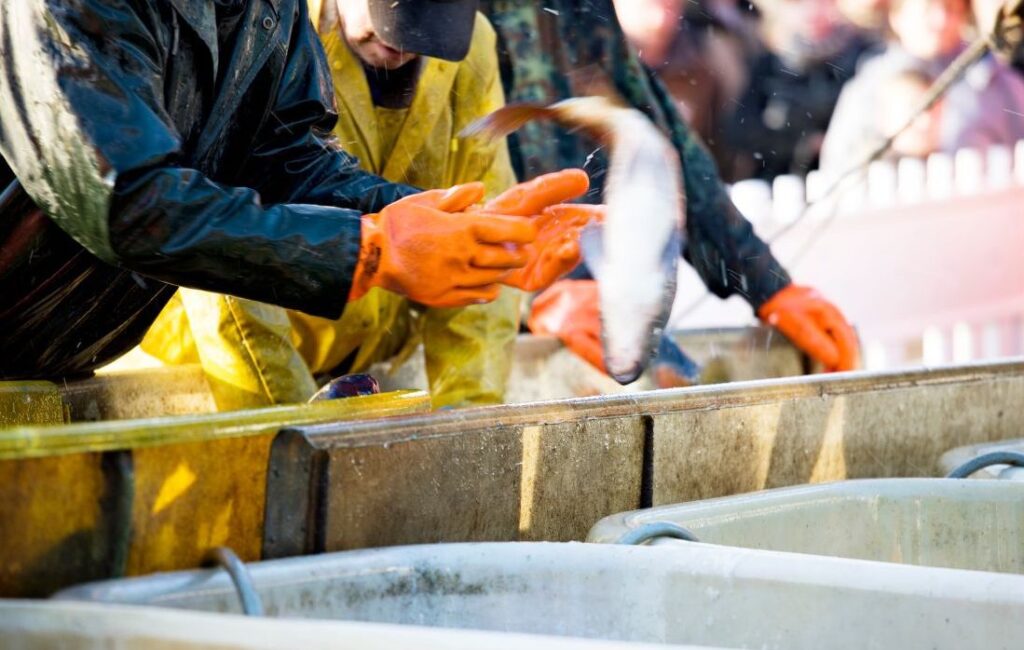
2. The Tide Turns: Nations Rally Behind Landmark High Seas Treaty
On September 21, 2023, more than 66 countries signed the UN’s High Seas Treaty, formally known as the Treaty on Biodiversity Beyond National Jurisdiction (BBNJ). This landmark agreement aims to protect the high seas from overfishing, oil drilling, and climate change. Advocates like Sea Save Foundation and notable figures such as Sigourney Weaver hail the treaty as a “blueprint for the future of our oceans.”
The high seas, which produce nearly half of Earth’s oxygen and absorb a quarter of CO2 emissions, are critical to combating climate change as well as feeding the world’s population. World leaders and NGOs urge swift party national ratification, as the treaty will only become effective after 60 nations domestically enact its provisions. The clock is ticking towards the UN’s ’30 by 30′ pledge to protect 30% of the ocean by 2030. With initial support from countries like the U.S., China, and the EU, the momentum appears robust, and the race for full ratification by 2025 is on. Sea Save Foundation reiterates that while this is a significant milestone, much work remains.
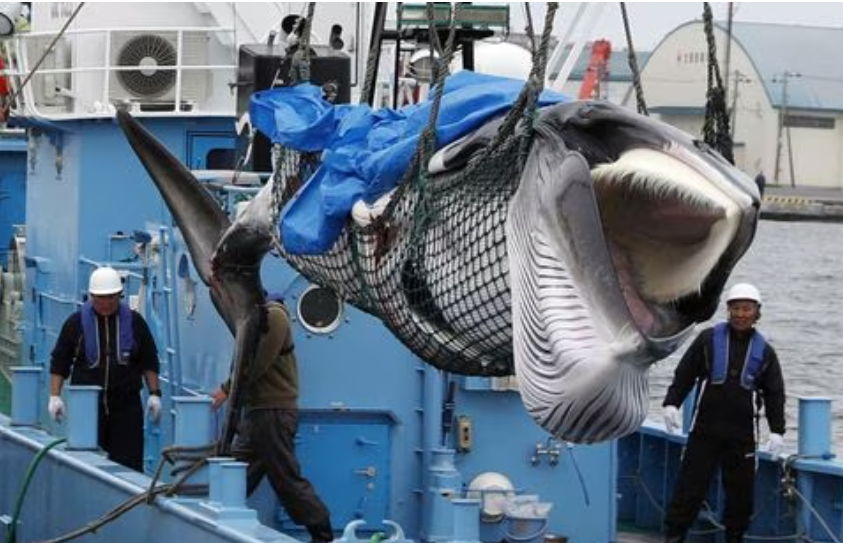
3. No Time to Lose on Ocean Treaty as Threats to High Seas Rise
Governments have no time to lose when it comes to implementing a new global ocean treaty to protect the high seas as threats from human activities intensify, a report by environmental group Greenpeace said on Thursday. In March, more than 100 countries completed a groundbreaking treaty to protect the high seas after years of negotiations.
It was adopted at the United Nations in June and states can signal their intent to ratify it at the U.N. General Assembly on Sept. 20. The treaty will create ocean sanctuaries that are off-limits to fishing and other human activities, helping meet a goal enshrined in last year’s global biodiversity accord to protect at least 30% of the world’s land and seas by 2030 – a target known as “30 by 30”. The U.N. treaty will only go into effect when it has been ratified by 60 countries.
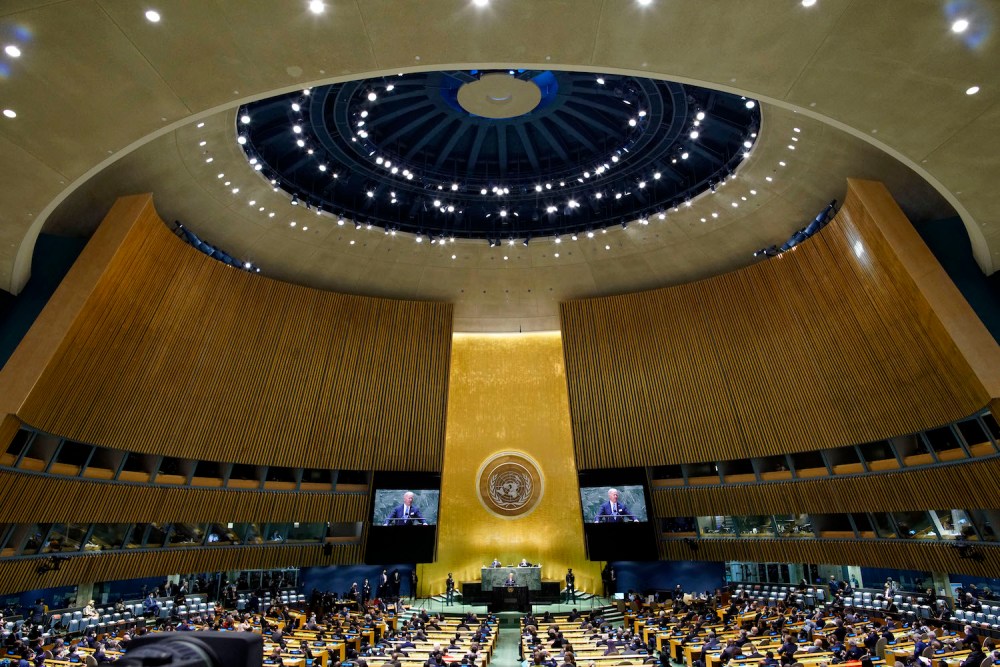
4. What to Expect at the United Nations Meeting
World leaders are meeting at the United Nations headquarters in New York City and are facing the sober reality that the UN is falling short of its goals. In 2015, the United Nations launched sustainable development goals (SDGs)—poverty, access to clean water, environmental protection, gender inequalities, and quality education— aimed at tackling pressing global challenges with specific targets to hit by 2030.
This General Assembly marks the halftime review of how the world is progressing on those goals, and the results are not good. Many are hoping the SDG Summit, which will be held later this year, will recharge momentum for the 2030 agenda. Climate change action is also not happening fast enough. UN leaders want member states to cut carbon emissions but also to get climate finance operative.
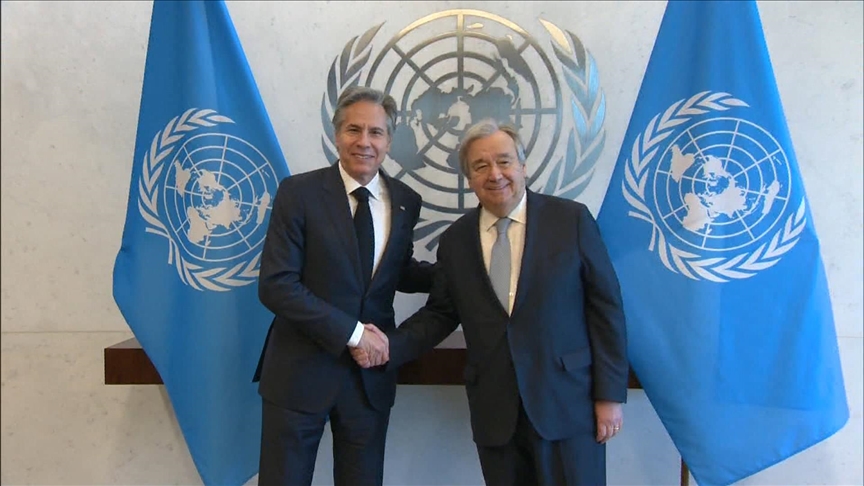
5. Secretary Blinken’s Call With UN Secretary-General Antonio Guterres
Secretary of State Antony J. Blinken spoke today with United Nations (UN) Secretary-General Antonio Guterres ahead of the 78th session of the UN General Assembly. The Secretary and the Secretary-General discussed a wide array of issues, including the Black Sea Grain Initiative, Russia’s unprovoked war against Ukraine, and the security situation in Haiti.
They discussed U.S. priorities for the General Assembly, including reinforcing the core principles of the UN Charter and the Universal Declaration of Human Rights, modernizing the UN to address 21st-century challenges, and our efforts to advance the UN’s sustainable development goals.
The Secretary shared information on U.S.-hosted side events focused on addressing the threat of synthetic drugs, harnessing artificial intelligence to advance the UN’s sustainable development goals, and leveraging private capital for major infrastructure projects. The Secretary thanked the Secretary-General for his efforts to ensure a productive High-Level-Week.
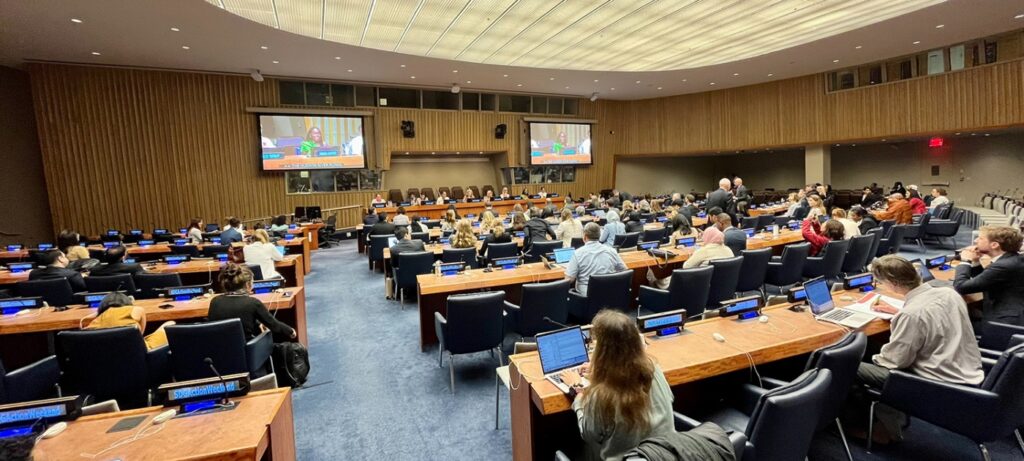
6. A Radical Shift to Working With Nature
A speech delivered by Inger Andersen to the Sustainable Development Goals (SDG) Action Weekend held in New York, USA, titled Nature Driving Economic Transformation: Leveraging the Power of Biodiversity and Nature to Drive Equitable Economic Progress. She advocated the need for a radical shift from using nature, to working with nature. To creating nature-centred economies that understand the difference between price and value, between price and cost. To prioritise nature-based solutions as a key enabler of the SDGs.
What will it take? Implementing the Kunming-Montreal Global Biodiversity Framework, accounting for nature, taking holistic action across the triple planetary crisis. Can we do this? Yes. It starts with understanding that nature is not an endless fuel to stoke the engines of economic growth. That humanity does not stand above or apart from nature. We are part of nature. It is time to start behaving like it.

7. Debt Swaps Arranged by Credit Suisse, B of A Face Scrutiny
BOND deals arranged by Credit Suisse and Bank of America (BOA) in connection with debt swaps for emerging-market issuers are facing renewed scrutiny, after the International Capital Market Association (ICMA) issued new labelling guidelines. The bonds were sold over the past few years to finance so-called debt-for-nature swaps, through which sovereigns refinance their debt in exchange for marine conservation pledges.
Credit Suisse and BOA labelled the bonds “blue” to reflect those commitments. The nascent market for blue bonds is still finding its footing and remains unregulated. Against that backdrop, analysts at Barclays said earlier this year that the blue bond label was being applied too liberally in the debt-for-nature-swap market, and warned that the practice represented a “real risk of greenwashing”. Some investors are already treating bonds tied to debt-for-nature swaps with a degree of caution.
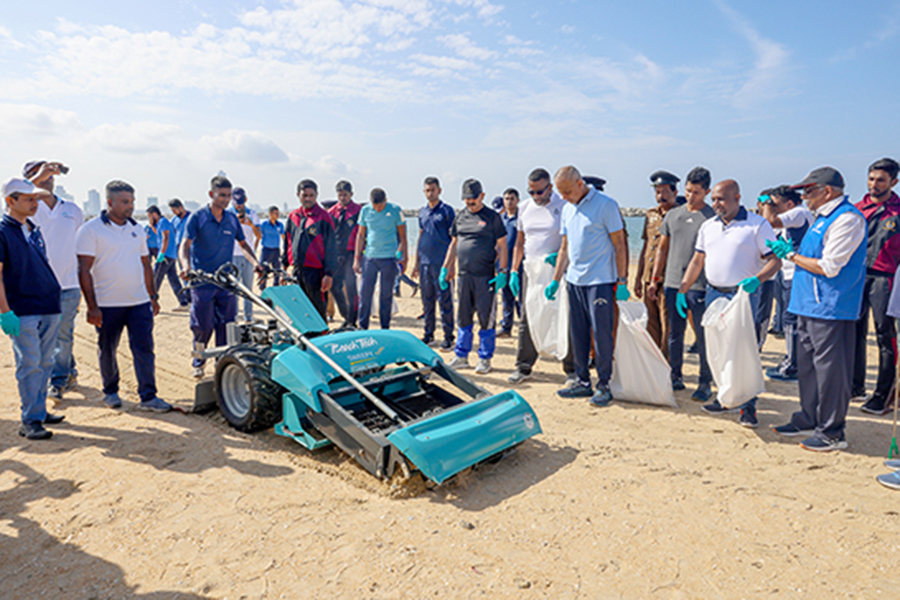
8. Sri Lanka Navy Launches Beach Cleaning Programmes to Coincide With International Coastal Cleanup Day
A beach cleaning programme unfolded at Port City Beach on 16th September 2023. This initiative which was conducted on the sidelines of the International Coastal Cleanup Day and the National Marine Resources Conservation Week in a concerted effort to combat coastal pollution and preserve the natural beauty of shores, the Sri Lanka Navy orchestrated a series of beach cleaning programmes across all Naval Commands.
In concert with the National Marine Resources Conservation Week, the Sri Lanka Navy launched an extensive mangrove planting campaign spanning across all Naval Commands. Furthermore, the Navy has scheduled awareness programmes targeting the fishery communities. These initiatives aim to educate and advocate against the irresponsible disposal of plastic and polythene materials into beach environments.
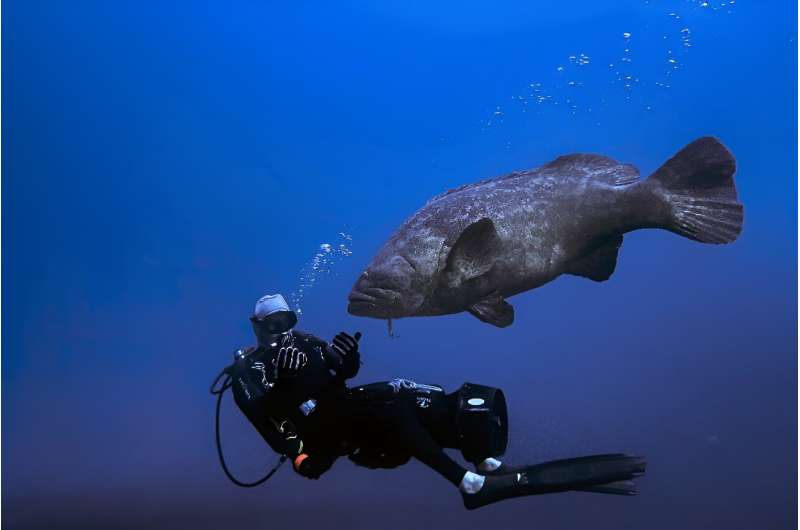
9. Huge Groupers, the Joy of Florida Divers, Are Now ‘Vulnerable’
The goliath grouper, a colossus of a fish that can weigh up to 360 kilograms (nearly 800 pounds), is the delight of divers in Florida, though scientists warn their numbers are down since the US state allowed fishing of the giants to resume. “There’s nowhere else you can have an experience with a fish that big while you’re diving—and being this close to it,” Dr. James Locascio, a marine biologist with the Mote Marine Laboratory, told AFP.
“The diving industry has reported that they are seeing fewer and fewer of these fish,” said Locascio, the marine biologist. Calling the fish “an essential species for maintaining the balance of the ecosystem,” he added, “We do not want its population to decline.” The huge fish also lives in the waters of the Gulf of Mexico, the Caribbean, and off the coast of Brazil.

10. Millions Clueless About ‘Blue Carbon’ to Battle Global Warming
It could be a major weapon in the ongoing battle against global warming – but most people have never heard of ‘blue carbon.’ More carbon is stored in coastal and marine marshes and seagrass meadows than in the world’s rainforests. But 92 per cent of UK seagrass meadows have vanished over the last century.
A study of 1,000 parents with primary school children found almost seven in 10 had never heard of the term ‘blue carbon’ and 55 per cent don’t know what seagrass is. The OnePoll research also reveals 58 per cent of primary school parents want to see sustainability on the national curriculum. Now insurers Zurich have teamed up with TV presenter, Paralympic medallist and climate champion Ade Adepitan to launch the children’s book ‘The Secret Garden Under The Sea’ to raise awareness about seagrass and sustainability.
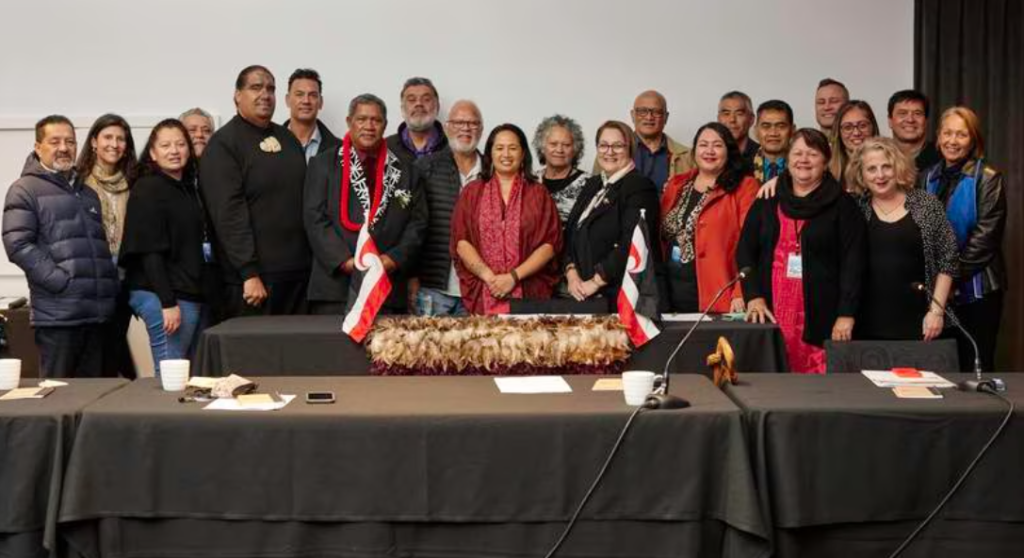
11. Māori Leaders Propose Protecting Whales in International Waters at UN General Assembly
King Tūheitia, together with other leaders of Aotearoa and the Pacific, have supported a resolution for the adoption of the whale as ocean ambassador to the United Nations. This resolution aims to garner support for a global agreement that protects the legal personhood of whales in international waters. Lisa Tumahai (Ngāi Tahu), one of the leaders supporting the resolution, expressed the significance of this collective effort by Māori tribes.
“For the first time, our tribes have formed a collective to work to implement Indigenous customary protections across whale migration routes between critical feeding and breeding grounds,” she said. The Māori leaders’ resolution to adopt the whale as the ocean ambassador and seek global support for protecting the legal personhood of whales in international waters marks a significant step towards safeguarding these majestic creatures and preserving the health of oceans.
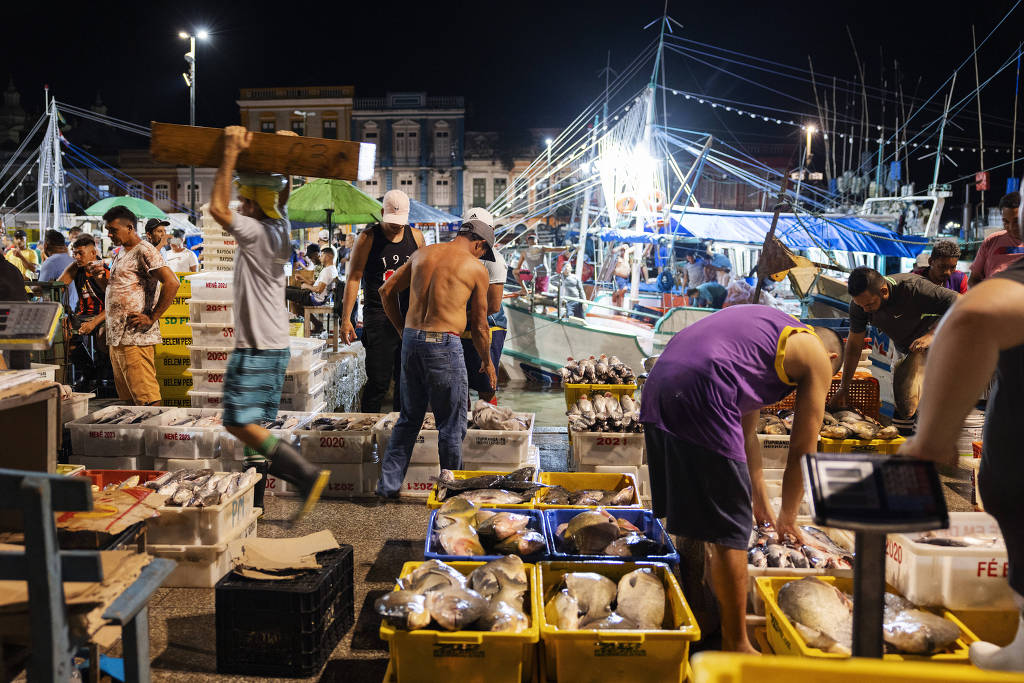
12. Largest Street Market in the Amazon Sells Endangered Sharks and Rays
Brazil, Ver-o-Peso Market – 3:30 am, still dozens of local fishermen struggling to sell their merchandise. Today’s ‘bargain’ is dogfish or shark. Unlike other fish on display, these have had their heads and fins cut off. Through genetic sequencing, we find that the fish they are selling is a smalltail shark (Carcharhinus porosus), a species considered critically endangered.
To avoid punishment and maximise profits, vessels behead these fish before bringing them to shore — which makes identification more difficult. Their fins are removed, which suggests that this valuable part may have already been sent to foreign markets. ‘We may be able to create a protected area, but if the community as a whole do not understand the importance of that region for a particular animal, what guidance they should follow, and what that implies, it won’t make any difference in terms of conservation’, concludes Charvet.
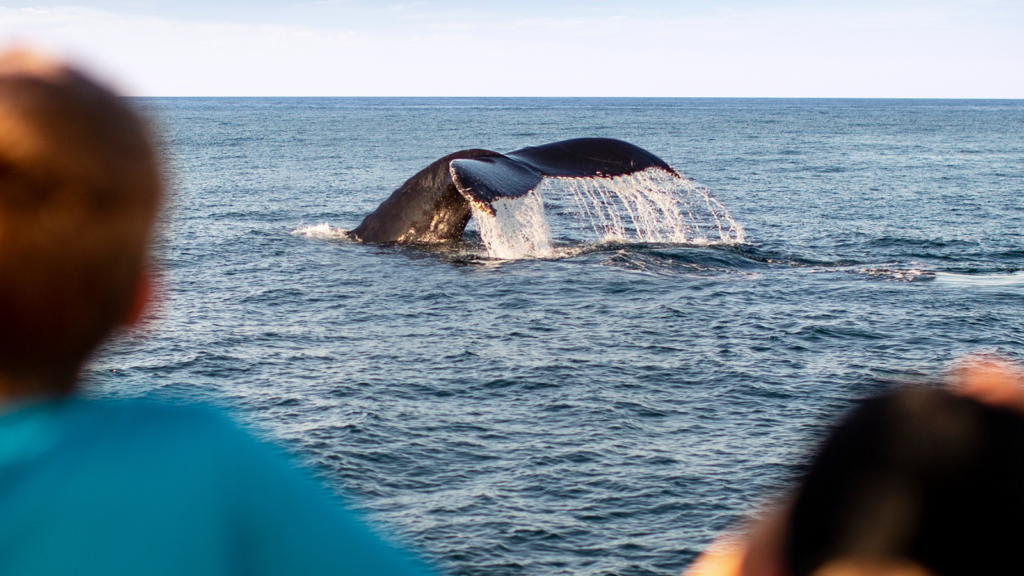
13. Stellwagen Bank Missed an Opportunity to Protect Whales and Cod
The National Marine Sanctuary Act foresaw the establishment of a network of marine sanctuaries. This Act sought to do for our underwater mountains, seagrass plains, and kelp forests what we have done on land. Like we did for the Grand Canyon, Yellowstone, and Yosemite, we were going to set aside the unique and abundant wild ocean places to preserve them for wildlife and ourselves.
For the Sanctuary program, many of the program’s management plans envisioned wildlife and habitat protections too weak to ensure the long-term health of the seascapes they were trying to protect. We need to reorient our approach to Sanctuaries. It’s not enough to research and observe. We need to protect and conserve. Our oceans and the marine life in the seas need the National Marine Sanctuary Act to live up to its potential. Let’s start by getting it right at Stellwagen Bank.

14. Transforming Global Sea Food Trade Management by Going Digital
More than 97 percent of species listed in the Convention on International Trade in Endangered Species of Wild Fauna and Flora (CITES) Appendices are allowed to be commercially traded under a permitting system. (For example, an entire family of sharks was recently added to Appendix II.) CITES is adopting an electronic CITES permitting system (eCITES), which will better monitor and protect endangered species.
To regulate international trade, CITES mandates that specimens of species listed in its Appendices must have official trade documentation such as permits and certificates. Unfortunately, problems can arise with the use of paper documentation, including fraudulent use and laborious manual permitting procedures. Fortunately, such problems are less likely to happen when using eCITES. It is also a powerful tool for combating illegal trade. Government agencies can more effectively conduct inspections and share data with Customs and border control agencies.
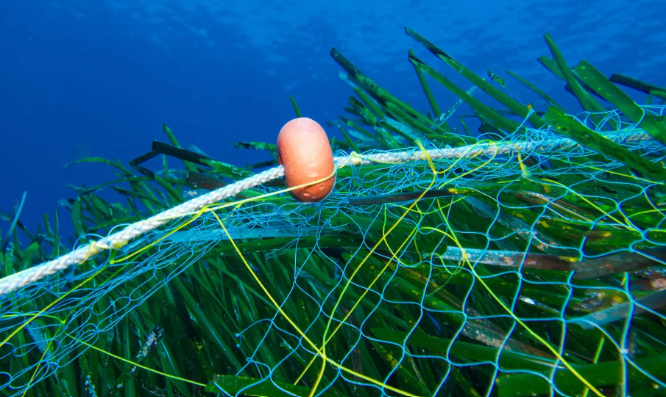
15. Plastic Versus Biodegradable Fishing Gear Tradeoff
For commercial fishers, losing gear is part of doing business. Fishing lines and nets break and wear out over time. By one estimate, at least 50,000 tonnes of nets, lines, and traps disappear into the water globally each year. Most of this material is plastic. A recent paper studied ways to encourage commercial fishers to use biodegradable fishing gear instead. But biodegradable gear isn’t very good yet, meaning nylon nets can catch 25 percent more fish than biodegradable alternatives.
Until better biodegradable fishing gear is developed, government subsidies could offset its higher cost (due to catching less fish.) Or a penalty and reward system could incentivize fishers to not lose or litter gear in the first place. Another option would hold net manufacturers financially accountable for plastic gear pollution and the costs to fishers of shifting to biodegradable gear.
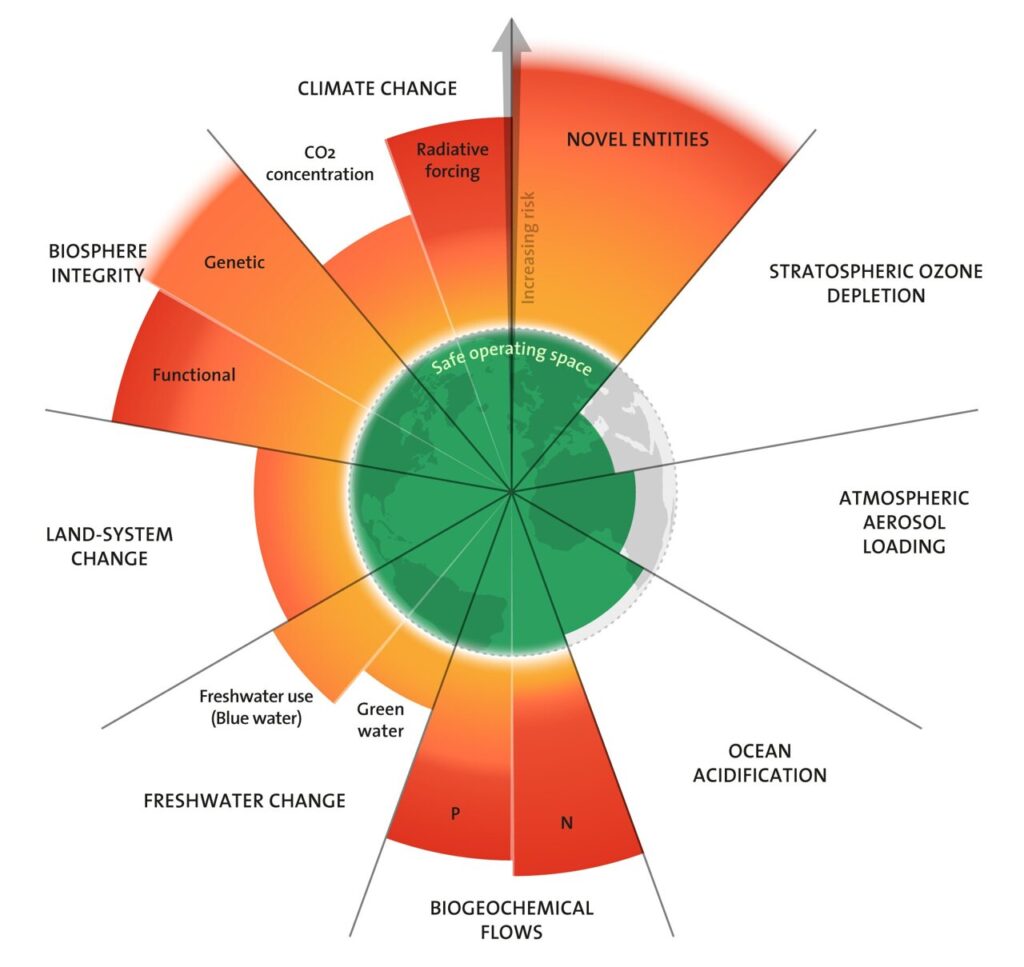
16. Earth Beyond Six of Nine Planetary Boundaries
The planetary boundaries framework draws upon Earth system science. It identifies nine processes that are critical for maintaining the stability and resilience of the Earth system as a whole. All are presently heavily perturbed by human activities.
The framework aims to delineate and quantify levels of anthropogenic perturbation that, if respected, would allow Earth to remain in a“Holocene-like” interglacial state. In such a state, global environmental functions and life-support systems remain similar to those experienced over the past ~10,000 years rather than changing into a state without analog in human history.
This Holocene period, which began with the end of the last ice age and during which agriculture and modern civilizations evolved, was characterized by relatively stable and warm planetary conditions. Human activities have now brought Earth outside of the Holocene’s window of environmental variability, giving rise to the proposed Anthropocene epoch.
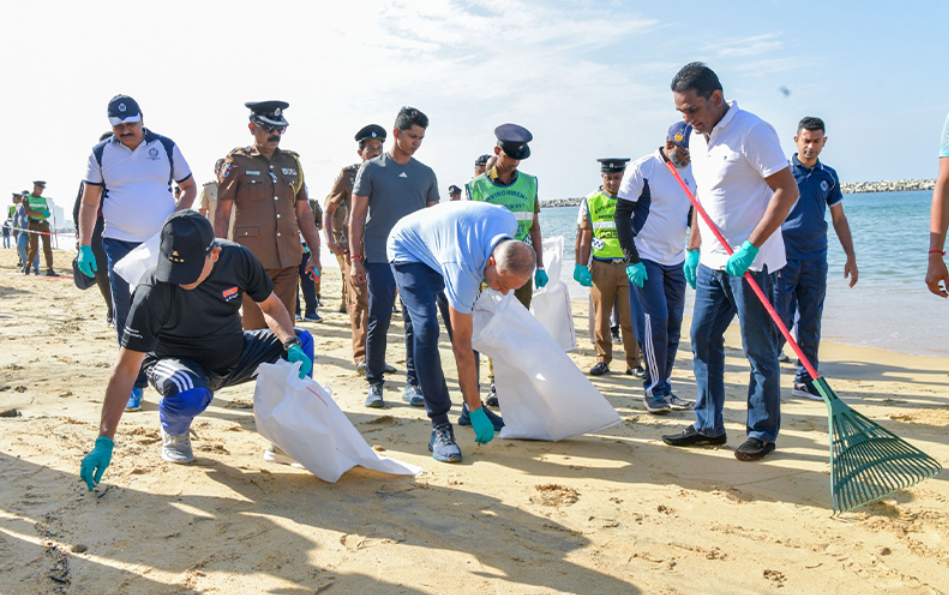
17. Sri Lanka – Government Agencies Entrusted With Environmental Responsibilities Will Be Restructured
Senior Adviser to the President on National Security and Chief of the Presidential Staff Sagala Ratnayaka participated in a beach cleaning program held at the Beach Plaza in Port City on the occasion of the International Coastal Clean-up Day (ICCD) and the commencement of Marine Resources Conservation Week.
He stated that the government has resolved to undertake a comprehensive restructuring of the government institutions entrusted with environmental responsibilities and that a committee will be established to bolster environmental protection laws and facilitate the restructuring efforts.
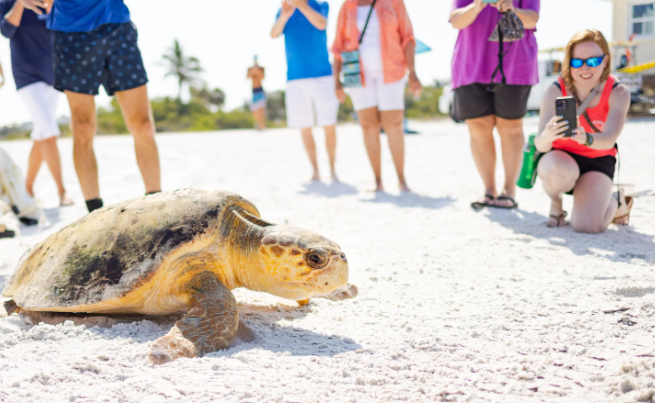
18. Sea Change: Loggerhead Turtle Nests See Unexpected Shift in Florida; Manatee Counties
A recent report reveals a surprising shift in the number of loggerhead turtle nests in Sarasota-Manatee Counties. While the area has long been a hub for these endangered sea turtles, the latest count indicates an unexpected decline, causing concern among researchers and conservationists. Environmental changes, human activities, and shifting migratory patterns are suspected to be the primary factors affecting the nesting counts.
The state’s monitoring program aims to adapt its conservation strategies in light of these new findings. The dip in numbers, although alarming, is spurring collaborative efforts among local communities, scientists, and environmental agencies to understand the root causes better and implement effective measures to protect the loggerhead turtles. The news serves as a wake-up call for stakeholders to invest more in research and preservation initiatives to ensure the survival of these vital marine species.
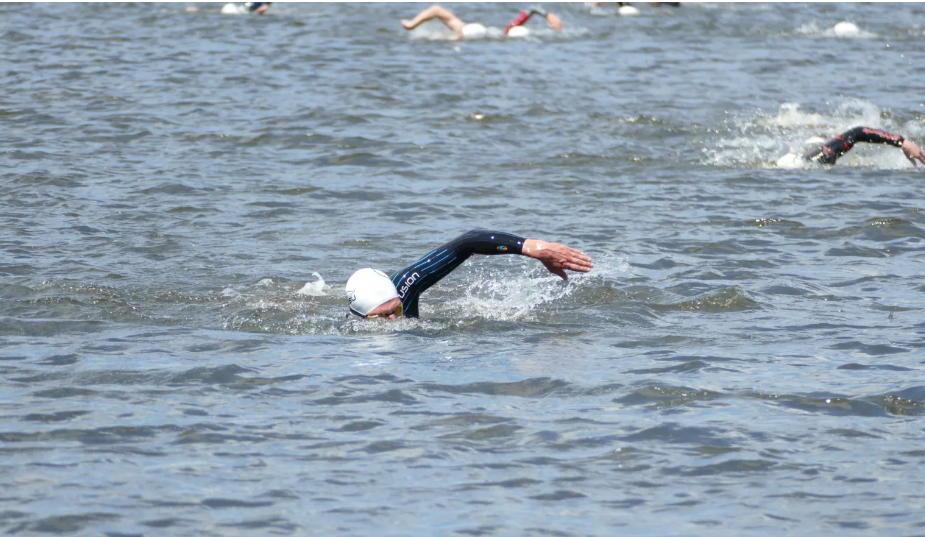
19. Malibu Triathlon Faces Cancellation Over Endangered Fish Habitat
The summertime appearance of a lagoon at Zuma Beach, holding an endangered fish, tidewater gobies, could spell the end of the Malibu Triathlon. Malibu’s Planning Commission deadlocked over a necessary permit and without a successful appeal, the event could be canceled.“It’s all over,” said Triathlon spokesman Scott Nelson in an email, after race officials had huddled to consider their options.
The bicycle segment of the run-swim-ride triathlon has used the paved underpass at Zuma Creek to pass under Pacific Coast Highway for 37 years but that roadway has been covered by seasonal water and rocks from the creek deposited as the lagoon forms nearby. While the lagoon forms every year, it traditionally happens later in the year.Federal officials say the lagoon holds tidewater gobies, a threatened species whose habitat cannot be disturbed. That would apparently include removing rocks and water from the underpass.




